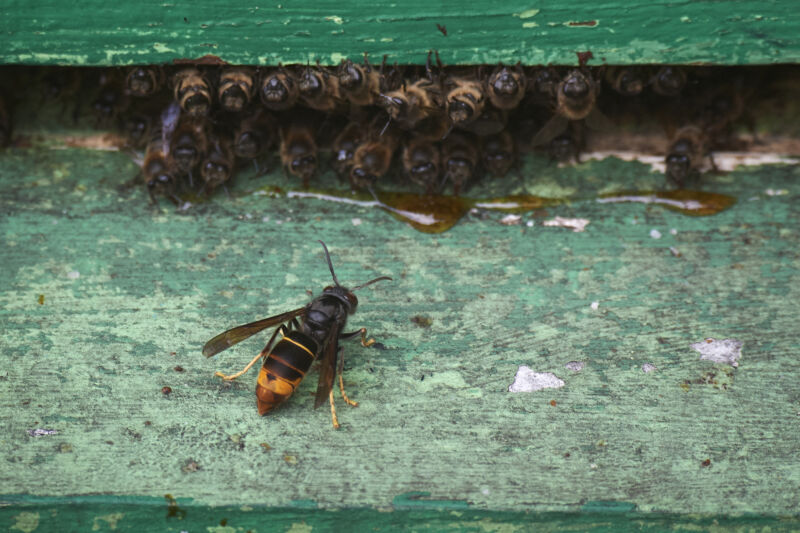Russia and China are using OpenAI tools to spread disinformation

Enlarge / OpenAI said it was committed to uncovering disinformation campaigns and was building its own AI-powered tools to make detection and analysis "more effective." (credit: FT montage/NurPhoto via Getty Images)
OpenAI has revealed operations linked to Russia, China, Iran and Israel have been using its artificial intelligence tools to create and spread disinformation, as technology becomes a powerful weapon in information warfare in an election-heavy year.
The San Francisco-based maker of the ChatGPT chatbot said in a report on Thursday that five covert influence operations had used its AI models to generate text and images at a high volume, with fewer language errors than previously, as well as to generate comments or replies to their own posts. OpenAI’s policies prohibit the use of its models to deceive or mislead others.
The content focused on issues “including Russia’s invasion of Ukraine, the conflict in Gaza, the Indian elections, politics in Europe and the United States, and criticisms of the Chinese government by Chinese dissidents and foreign governments,” OpenAI said in the report.




















